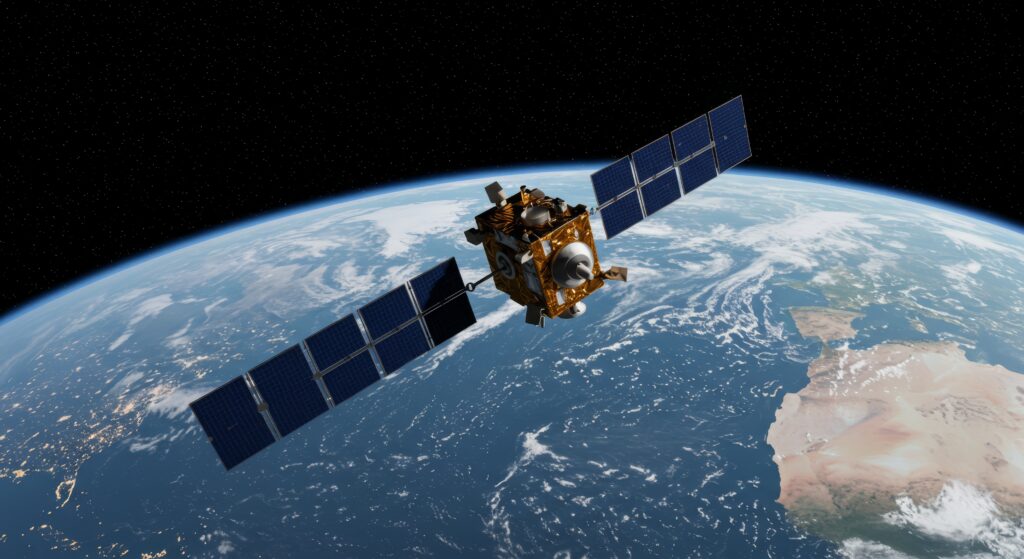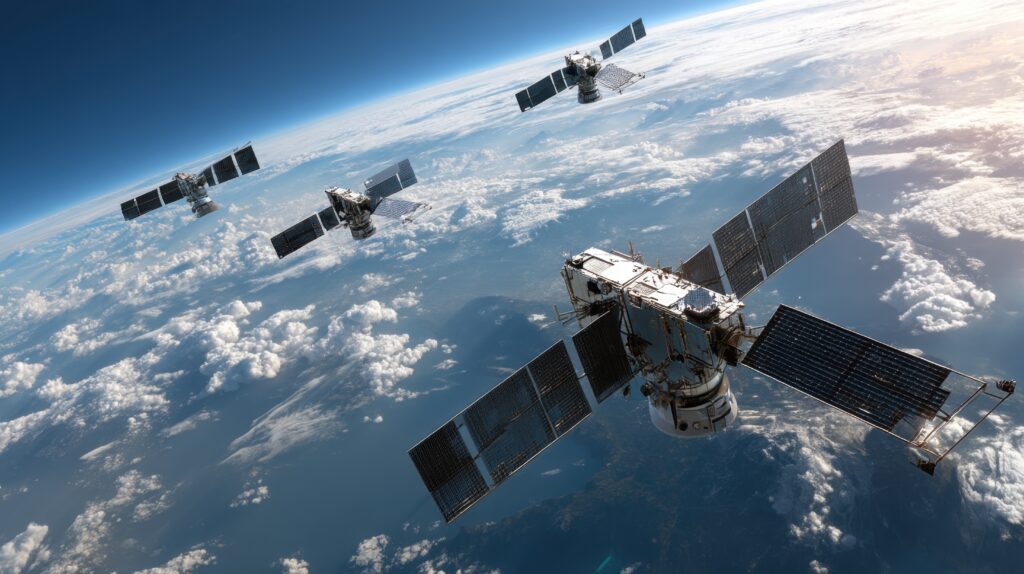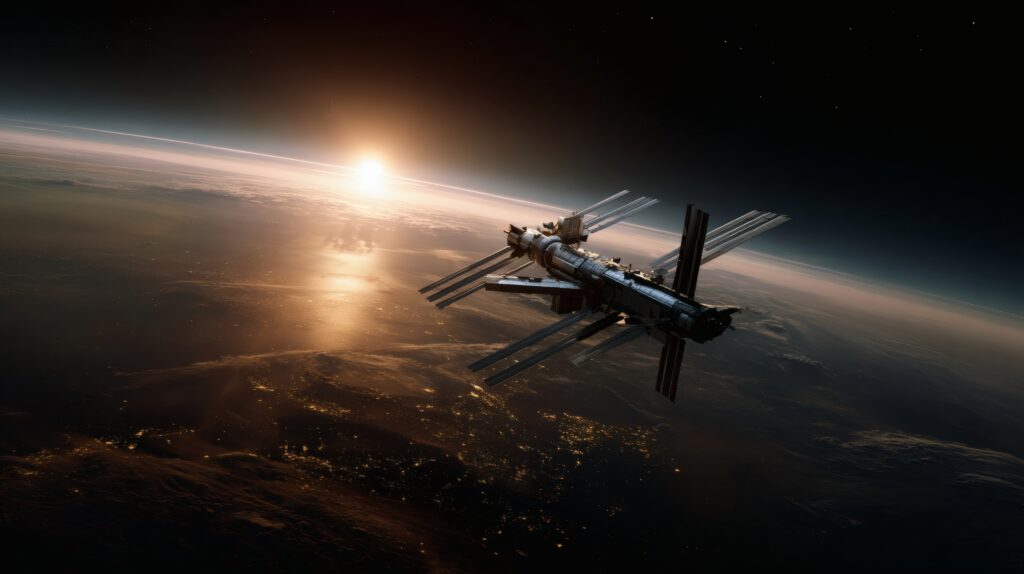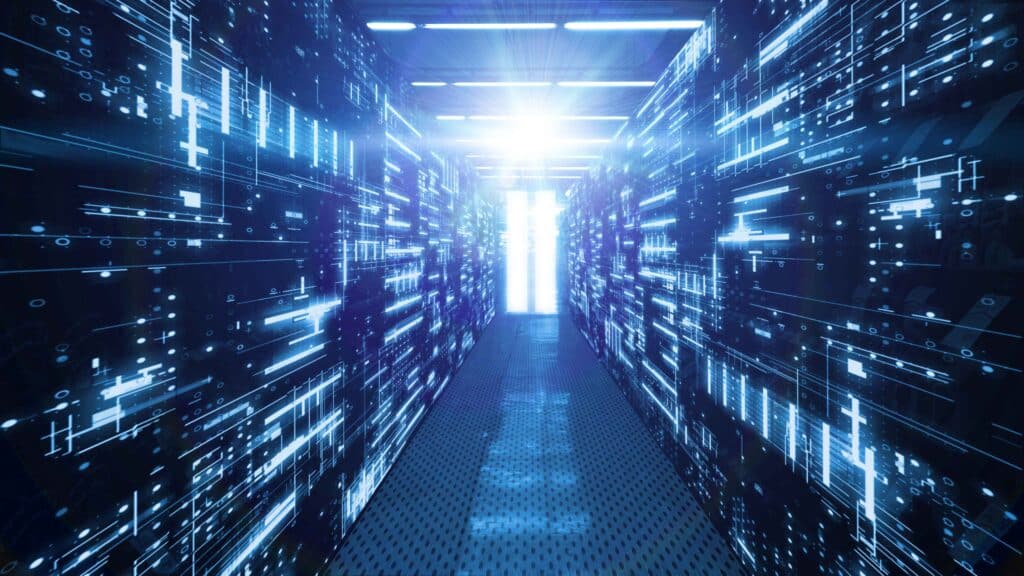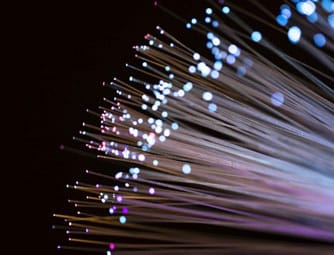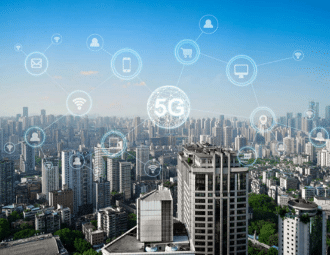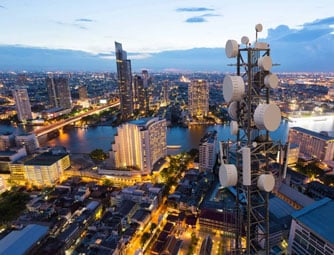Part 3 of 3 – Operating and Scaling a LEO D2D Service
October 9, 2025
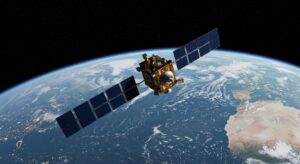
This post is part of a three-part series exploring Low Earth Orbit (LEO) satellites and their role in enabling direct-to-device (D2D) connectivity. Over the next three weeks, we’ll cover:
- Why LEO is the only viable option for large-scale D2D (Part 1)
- The key technical and design considerations behind building a LEO D2D network (Part 2)
- The operational, regulatory, and business challenges of scaling these networks—and how to overcome them (Part 3)
Operational Playbook
Building satellites is only step one. Day-to-day operations require:
- Carrier Partnerships: Roaming, billing, and policy alignment with terrestrial operators.
- Traffic Engineering: Prioritize messaging-first rollouts, add voice and data gradually.
- Device Certification: Ensure baseline experience across handset models.
- AI-Driven Automation: Manual beam steering is impossible at scale, use automation for capacity planning and anomaly detection.
Regulatory and Business Hurdles
Global operations mean complying with country-specific spectrum, lawful intercept, and data rules. Automated compliance engines and geofencing are essential.
Big Challenges
Weak uplinks, capacity constraints, international regulatory compliance, launch logistics, cybersecurity threats, and economics (low ARPU) all need careful mitigation strategies.
Winning Moves
Launch with messaging first, partner early with MNOs and handset makers, be transparent with coverage maps, and plan for load-based prioritization to keep essential services available even during surges.
This final post closes the series with practical advice for operators and highlights how NextGen | GTA can support deployments with deep expertise in terrestrial networks, regulations, and wireless rollouts.



